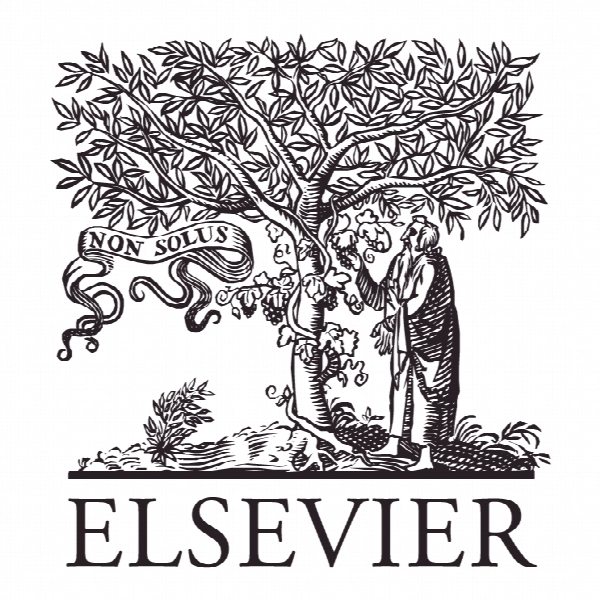بتن لاستیکی: خواص مکانیکی و پویایی Rubber Concrete: Mechanical and Dynamical Properties
- نوع فایل : کتاب
- زبان : انگلیسی
- ناشر : Elsevier
- چاپ و سال / کشور: 2018
توضیحات
رشته های مرتبط مهندسی عمران
گرایش های مرتبط مدیریت ساخت و سازه
مجله مطالعات موردی در مصالح ساختمانی – Case Studies in Construction Materials
دانشگاه University of Balamand – el-Koura – Lebanon
شناسه دیجیتال – doi https://doi.org/10.1016/j.cscm.2018.e00184
منتشر شده در نشریه الزویر
کلمات کلیدی انگلیسی Rubberized Concrete; Compressive Strength; Splitting Tensile Strength; Impact Load
گرایش های مرتبط مدیریت ساخت و سازه
مجله مطالعات موردی در مصالح ساختمانی – Case Studies in Construction Materials
دانشگاه University of Balamand – el-Koura – Lebanon
شناسه دیجیتال – doi https://doi.org/10.1016/j.cscm.2018.e00184
منتشر شده در نشریه الزویر
کلمات کلیدی انگلیسی Rubberized Concrete; Compressive Strength; Splitting Tensile Strength; Impact Load
Description
I. INTRODUCTION Countries and cities have been faced with major increasing problems with the disposal of recycled materials, such as rubber, glass, and plastics for several years. The consumption of the world’s rubber has nearly reached 24.9 million tons in year 2010. In the U.S. alone, approximately 3.9 million tons of scrap tires are produced every year, out of which 1.36 million tons are recycled and 2.54 million tons are burned or land-filled. In view of the wide and vast market for scrap tires, about a quarter of all scrap tires end-up in landfills numbering to approximately 27 million tires or roughly 6 million tons annually, making-up over 12% of all solid waste. The disposal of the scrap tires materials become very costly once they are sent to landfills; not to mention the wide space that they use in landfills to dispose of, and the hazard that they cause towards the environment. Based on this information, the rubber use in concrete and pavement material provides an environmentally sustainable method for disposing of the millions of tires that are annually generated. Powdered rubber is a general term or an expression given to recycled rubber that is generated from scrap tires. The production of powder rubber consists of removing the steel and fluff, then using a granulator and/or cracker mill, with the aid of cryogenics or mechanical means, in order to reduce the size of the tire particles. A well-known fact is that tires can be divided into two major groups: automobile tires and truck tires, and they are different from each other. The description of the rubber source is very important and should always be specified in the literature because it has an influence on the texture and the shape, and consequently, on the characteristics of the concrete that is adjusted by the addition of the specified percentage of the rubber. It is also important to point out that automobile tires and truck tires vary not only in shape, weight and size, but above all, in the ratio of the components of the base mixture. Researchers have considered three wide categories of discarded tire rubber concrete mix design: 1. Chipped Rubber: This type of rubber has dimensions of about 25 to 30 mm and used to replace the coarse aggregates in concrete. 2. Crumb Rubber: The particles of rubber are highly irregular, varying between 3 to 10 mm, and are used to replace the fine aggregates. 3. Powdered Rubber: The particles of the rubber are smaller than 1 mm and consist of the powder formed during the crunch process, fallen from the machinery of the plant that is handling the waste rubber. This type of rubber could be used as filler in concrete due to its size.


